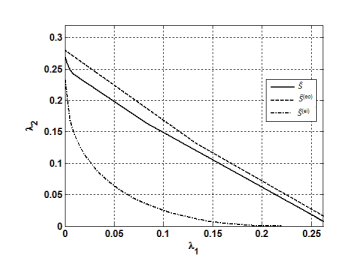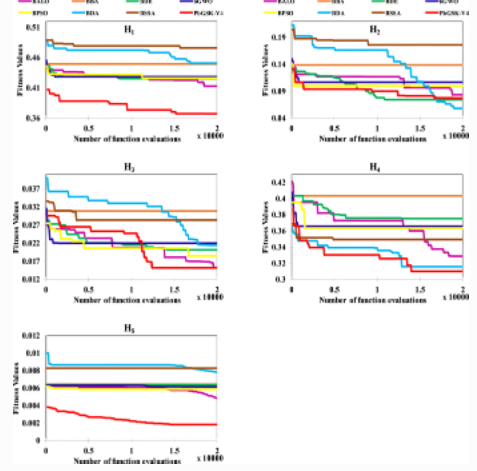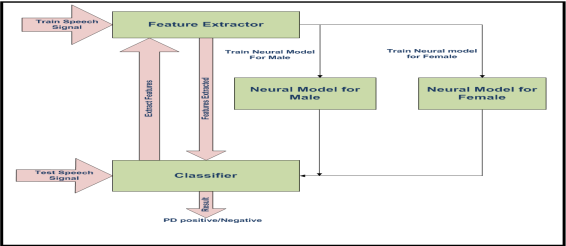
Stability analysis of an ordered cognitive multiple-access protocol
We investigate an ordered-access protocol for cognitive radios. The primary user (PU) operates in a time-slotted fashion and starts transmitting at the beginning of the time slot if its queue is nonempty. The secondary users, depending on their queues and spectrum sensing results, may start transmitting at times τ, 2τ , 3τ relative to the beginning of the time slot, where τ is the sensing duration. Secondary user j is assigned rank or order i and possibly starts transmitting at time iτ relative to the beginning of the time slot with a certain probability designed to guarantee the stability of system queues. We consider two models. In the first model, which is denoted by S, only one secondary user is assigned a particular rank, whereas in the second model, which is denoted by mathhat S, there is less coordination, and some secondary users may have the same access order. We provide some analytical results for the case of two users and two ranks, under the assumption of perfect spectrum sensing. Our results show that system S is better than S in terms of the maximum stable throughput region. After considering perfect spectrum sensing, we provide outer and inner bounds on the maximum stable throughput region for the case of sensing errors. We then investigate the multiple-cognitive-user scenario. We prove the advantage of system S over a random access scheme, where all the secondary users access the channel probabilistically after a sensing period of duration τ, and the advantage of system S over a time-division multiple-access (TDMA) system, where each secondary user is individually assigned to a whole time slot for a certain fraction of the overall operational time and carries out spectrum sensing over duration τ. © 1967-2012 IEEE.


